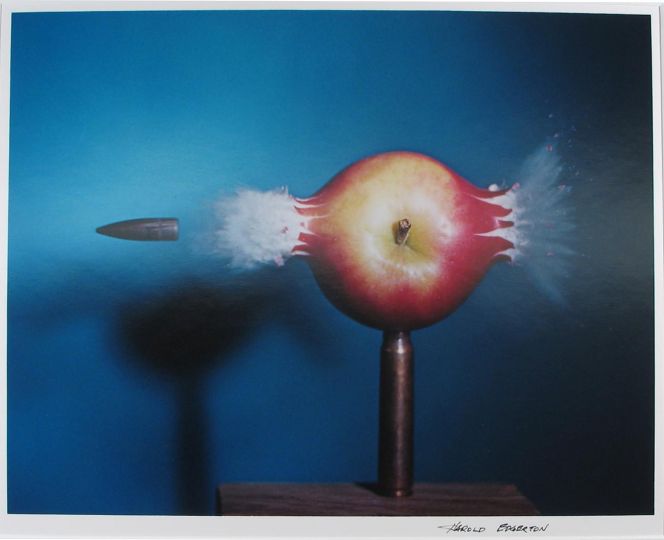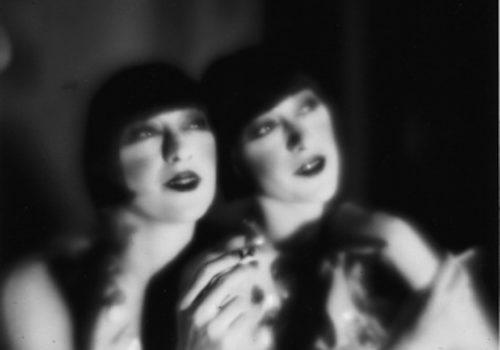The exhibition is call From Lace to Lampost: The Object as Subject in 19th Century Photographs. The exhibition presents 19th century photographs that explore the relationship between object and subject, focusing on examples that emphasize both the subject photographed and the photograph itself as an important, tangible object. Artists will include William Henry Fox Talbot, Anna Atkins, John B. Greene, Charles Marville and others.
At the moment of its invention, photography shocked and amazed the viewing public with its ability to precisely capture things from the real world. Perhaps because of this tie to reality, the relationship between a photograph and its subject is often complicated. For example, William Henry Fox Talbot, the inventor of paper negative photography, once fooled some friends with a photograph of lace, which his visitors assumed to be the piece of lace itself. As we can see in his Lace, an early 1840s salt print from a photogenic drawing negative, one can easily be fooled. As this anecdote illustrates, when looking at photographs, we often look through the surface of the paper to the subject depicted, not pausing to consider that the photograph itself is also an object. With 19th century photography, this object quality is especially important since a photograph can function as both a beautiful work of art and a rare historical document.
Some of the earliest photographs of objects were produced by placing the object directly on the surface of the paper. Anna Atkins, the first female photographer, placed specimens of algae or flowers on paper prepared with chemicals that turned a rich blue color when touched by the sun’s rays. Her cyanotype, Asplenium angustifolium, 1852-1854, boldly traces the shadows cast by a fern frond, creating a graphic pattern in blue and white. The photograph’s relationship to its subject is especially direct here, since the original specimen once touched this very piece of paper.
JB Greene’s waxed paper negative, Still life with glass, flask and bottle, early 1850s, composed on a Paris rooftop, celebrates these domestic objects in precise focus against the blurred neighboring rooftops. Little is known about Greene’s photographs in Paris, but this arresting tableau attests to his early mastery of the medium before he travelled to Egypt and Algeria to make his more canonic images.
By the mid 1850s, photographers were using glass negatives, which provided greater detail in the image. Charles Marville’s Candelabre du canal St. Martin, circa 1874, seems strangely modern, with the subject emerging starkly from a light background, the Paris streetlamp depicted in great detail.
















